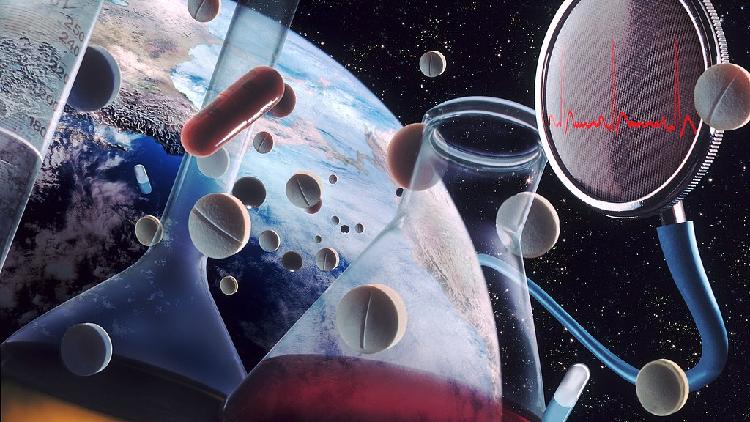Chang'e-8: Advancing Lunar Construction and Sustainability

The Chang'e-8 mission represents a significant leap in lunar exploration, with its ambitions extending beyond mere exploration to actual construction and sustainability on the Moon. As humanity looks toward a future where lunar bases might serve as staging grounds for deeper space exploration, such initiatives are critical. The mission shines a light on a broader quest: how do we sustainably utilize extraterrestrial resources to establish a human presence beyond Earth?
Chang'e-8, anticipated to launch around 2028, will focus on the Moon's south pole. This location is particularly promising due to the potential presence of water ice and stable light conditions. The mission's centerpiece is its exploration of lunar soil, or regolith, to produce construction materials on-site. In an era where 3D printing revolutionizes manufacturing on Earth, the concept of using lunar soil to 3D print bricks could transform our approach to building habitats in space. If successful, this would not only reduce the costs associated with transporting materials from Earth but also create a viable method for constructing essential infrastructure, such as research stations and shelters for future astronauts.
Moreover, the innovative technology developed by the Deep Space Exploration Laboratory reflects a growing trend in space missions: the integration of renewable energy solutions. By harnessing solar energy to melt lunar soil, Chang'e-8's approach exemplifies the potential to create a sustainable ecosystem on the Moon without relying heavily on Earth-based resources. This initiative resonates with ongoing discussions around sustainability on our planet and emphasizes the importance of drawing lessons from our endeavors in space.
As we look ahead, the Chang'e-8 mission not only moves us closer to establishing a foothold on the Moon but also raises critical questions about the future of human habitation off-planet. How will these developments in lunar construction techniques influence our plans for Mars or other celestial bodies? And as we consider the ethical implications of colonizing these distant terrains, what responsibilities do we have towards the preservation of their environments?
Read These Next

China's Aviation Innovation and Self-sufficiency
China's achievement in producing aviation fire-resistant hydraulic oil is a significant advancement for national self-sufficiency and global aviation standards.

China Advances in Space Medicine for Future Exploration
China advances in space medicine, key for lunar missions. The Second Frontier Forum showcased research for astronaut health and safety.

GPT-5 Pro's Analysis of Independent Math Research
A critical commentary on the recent advancements in GPT-5 Pro's mathematical capabilities, discussing its implications on the perception of AI in research.
